Safety Technologies
Breaking Down OSHA's Revised Fall Protection Standards for Utility Workers
A Primer on the Codes and Standards Governing Battery Safety and Compliance
Safety Technologies
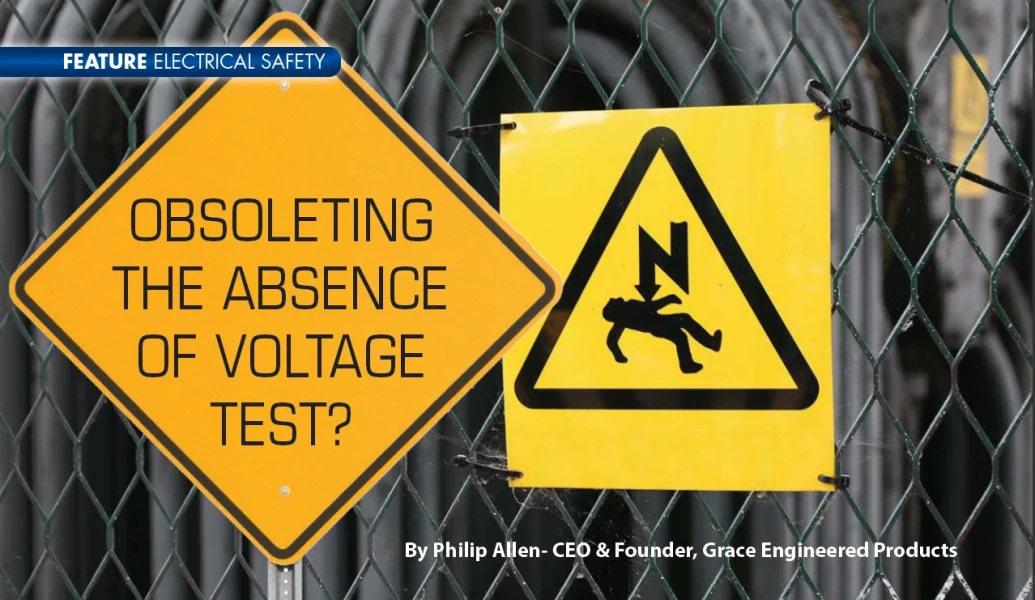
Obsoleting The Absence Of Voltage Test?
For more than a decade, thousands of users have deployed Permanent Electrical Safety Devices (PESDs) to reduce the risks in isolating electrical energy. This elegantly simple innovation increases the probability that workers are only exposed to ‘zero voltage’ when doing an absence of voltage test. The cumulative experience end users have amassed by using PESDs encouraged UL to create a new product specification for permanently mounted Absence of Voltage Testers (AVTs). Because UL acted, the...
Related Articles
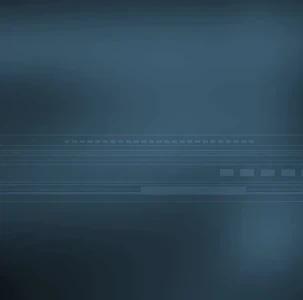
A Primer on the Codes and Standards Governing Battery Safety and Compliance
Batteries have greatly influenced the utility industry, and the evolution of battery chemistries has revolutionized their applications. With the emergence of new technologies and advancements in existing ones, standards committees and safety code writers are working to develop best practices and...
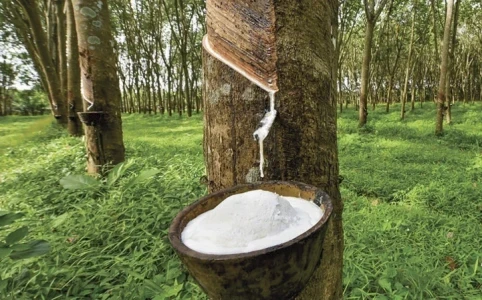
Choosing Your Rubber Safety Gloves
Latex versus Natural Rubber – What is the difference? All Raw rubber comes from the rubber tree. It is then processed to become a latex for water-based dipping or dried down to a slab for use in extrusion or solvent dipping operations. Hydrophilic additives in Latex For latex to be usable...
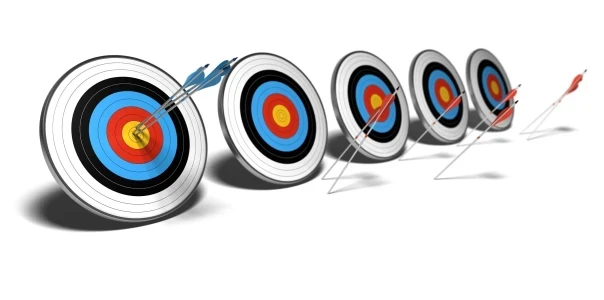
Fighting Heat Stress With Effective Workwear
In a perfect world, we could all work in weather-controlled environments where heat wouldn’t be a factor and comfort could be maximized. Many workplaces however, deal with very high temperatures and heat stress is a year-round risk that requires serious consideration. For many years the standards...

Battery Fires Pose Minor Environmental Risks, ACP Report Finds
Battery fires in large-scale energy storage systems (BESS) have raised concerns, but a recent review by the American Clean Power Association (ACP) found that such incidents pose only minor environmental risks. According to a third-party analysis of U.S. battery fires since 2012, these fires did not...
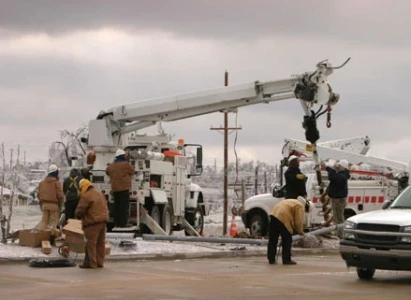
Battery Fires Pose Minor Environmental Risks, ACP Report Finds
Battery fires in large-scale energy storage systems (BESS) have raised concerns, but a recent review by the American Clean Power Association (ACP) found that such incidents pose only minor environmental risks. According to a third-party analysis of U.S. battery fires since 2012, these fires did not...
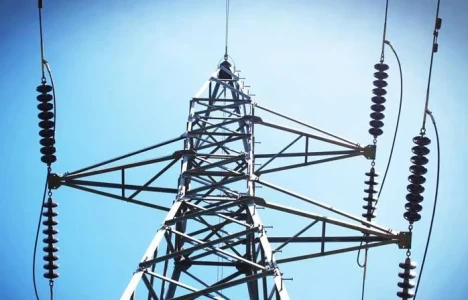
FERC Complaint Targets Duke, PJM Transmission Planning
A coalition of large energy consumers and ratepayer advocates has filed a complaint with the Federal Energy Regulatory Commission (FERC), urging the agency to prohibit transmission owners from independently planning "local" transmission projects exceeding 100 kilovolts (kV). The coalition argues...

12 Tips to Protect Against Common Lineworker Safety Hazards
Lineworkers face numerous risks daily, from respiratory ailments to electrical hazards. These dangers can result in severe injuries, low blood pressure, bleeding, and vomiting. However, by adhering to established safety protocols, contractors and employers can significantly reduce the likelihood of...

FERC Rejects PJM Transmission Planning Change
The Federal Energy Regulatory Commission (FERC) has rejected a proposal from PJM Interconnection, one of the United States' largest regional transmission organizations, to alter its transmission planning protocol. The decision represents a significant victory for state regulators who had expressed...

A Primer on the Codes and Standards Governing Battery Safety and Compliance
Batteries have greatly influenced the utility industry, and the evolution of battery chemistries has revolutionized their applications. With the emergence of new technologies and advancements in existing ones, standards committees and safety code writers are working to develop best practices and...
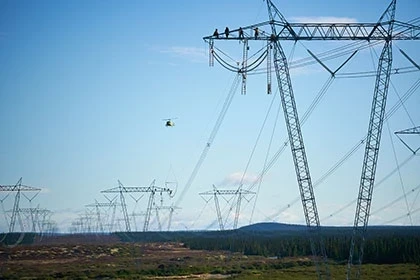
Building a Competency Program
At Valard, our people are the core and health of our business. Without our people, we have nothing. In fact, one of our slogans is “People. First.” However, being a people company means some of our biggest challenges are created by people. Our challenges are unique, as is each person...
